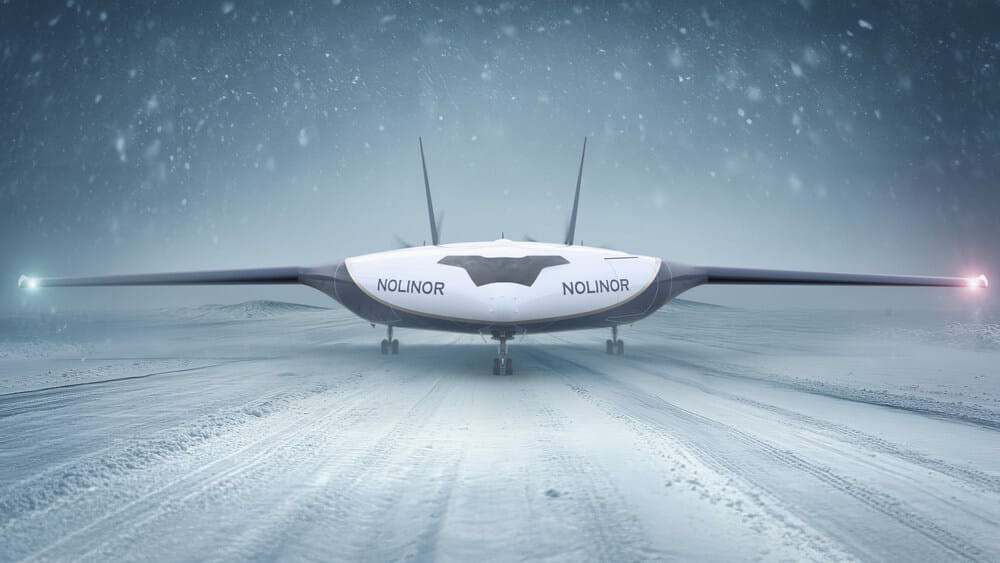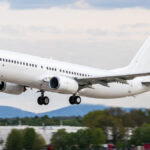It is no easy task to work in Canada’s remote northern regions. With hard weather, limited infrastructure and unpaved runways, the transport of essential load to these isolated communities needs specialized aircraft that can withstand extreme conditions.
Natilus CEO Aleksey Matyushev said: “In the far north, extreme challenges come – runways, hard weather and high costs.
“The freight industry needs innovation to improve efficiency, sustainability and affordability in these regions.”
Remote communities in Northern Canada, especially in the northwestern areas and Nunavut, are very dependent on air freight for essential supplies, industrial equipment and food. Unlike large urban centers, these regions do not have extensive road networks, which make aviation the primary link to the rest of the country. However, the industry is struggling with a variety of issues that make expensive and complicated.
Navigation of hard conditions
Fly in remote Canada means facing extreme weather, unpredictable conditions and lack of traditional airport infrastructure. Many runways are gravel, ice or dirt, making it unfit for conventional trucks. This significantly limits the types of aircraft that can work efficiently.
“Most modern cargo aircraft are designed for paved runways and high-volume trails,” Matyushev explained. “But in regions where logistics depends on short and unpaved runways, operators need aircraft with different abilities.”
Northern Canada sees increasing economic activity, especially in the mining and energy sector, which leads to the increasing demand for freight services. As industries expand in these regions, the need for more reliable and cost-effective cargo solutions grows.
However, many operators are struggling with outdated fleet and limited availability of aircraft. In addition, high fuel costs and limited fuel options have further increase. Fuel efficiency is a major economic and environmental problem, with aircraft working in these regions that burn more fuel as a result of their short-high frequency patterns. “Jet Fuel is one of the biggest expenses for any airline,” Matyushev notes. A 30 percent decrease in fuel consumption can make a big difference in the economic viability of cargo operations. ‘
New aircraft technologies in remote freight operations
With the aviation industry’s 2030 net zero targets getting started, airlines look at ways to cover operations, especially in regions where air freight is the only viable transport option. The industry sees a growing pressure on aircraft that can work effectively in challenging environments, while also reducing the environmental impact. Mixed wing aircraft designs, such as Natilus’ Kona, are one of the innovations considered.
These aircraft offer increased cargo capacity, while consuming significantly less fuel, which can reform cargo operations in the north. “Kona’s ability to land on short, gravel and ice runner offers a great advantage for operators in these regions,” Matyushev said. “It allows airlines to carry more cargo while using less fuel, which is critical to cost -efficiency and sustainability.”
While technological advances provide promising solutions, challenges in its implementation remain on scale. Airlines that work in remote regions must balance the investment in new technology with economic feasibility. The preceding costs of obtaining new aircraft, pilot training and adjustment of maintenance operations can be substantial obstacles.
Although mixed wing body designs provide operational efficiencies, its adoption will depend on how quickly regulatory bodies certify them and whether infrastructure can support their integration.
What is the next for remote load aviation?
The future of freight in remote regions is likely to be formed by a combination of new technologies, operational adjustments and increased collaboration between airlines and manufacturers. As demand for transport in Northern Canada increases, airlines will have to make strategic decisions on fleet expansion, fuel efficiency and infrastructure investments. Operators such as Nolinor Aviation are now holding the gap with specialized fleet, but the coming decade can see a transformation in how air freight is delivered to some of the world’s most isolated regions.
“The future of aviation requires ongoing innovation,” says Matyushev. “The industry must be ready to adjust, not just for cost -effectiveness, but for the long -term sustainability of air freight in these challenging environments.”


